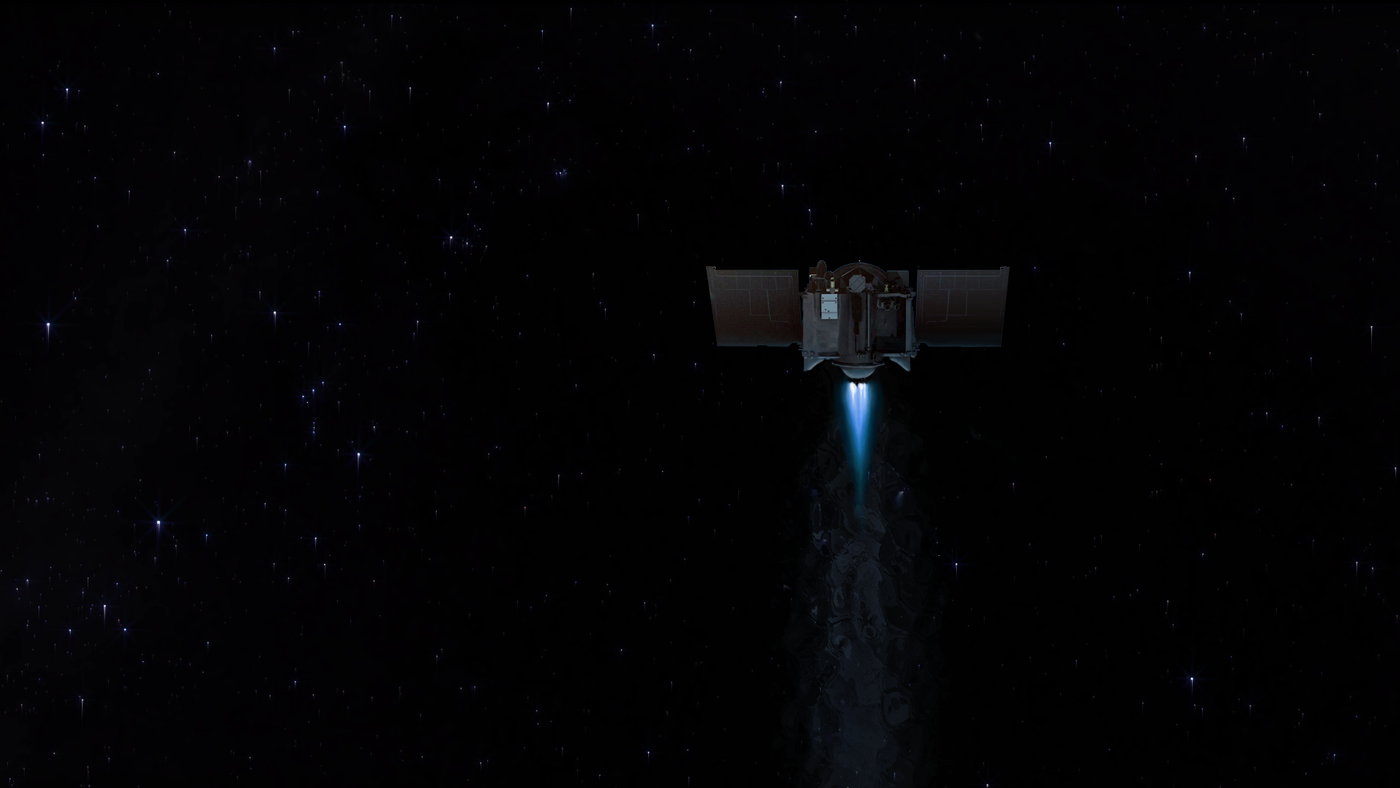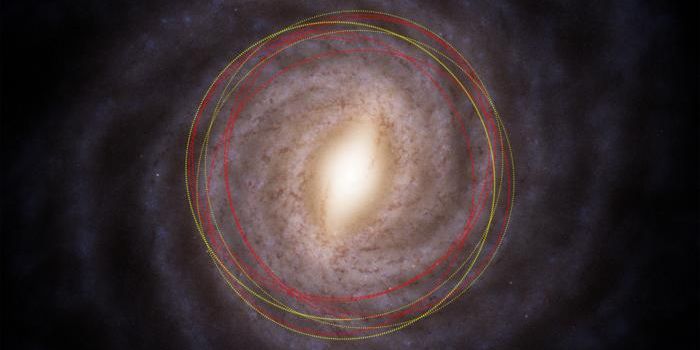NASA Adjusts the Course of the OSIRIS-REx Mission
NASA’s Origins, Spectral Interpretation, Resource Identification, Security-Regolith Explorer (OSIRIS-REx) mission launched almost a year ago with the primary goal of visiting Bennu, an asteroid expected to tango closely with the Earth in August of 2018.
OSIRIS-REx won’t land on Bennu’s surface, but it will get close enough to kick up some dust and collect samples to be returned to Earth, allowing scientists to analyze the results for the sake of science.
Image Credit: NASA
OSIRIS-REx currently resides 10.3 million miles away from the Earth and will use the planet’s gravitational pull as a slingshot mechanism on September 22nd to get into position for Bennu. The stunt will ensure that OSIRIS-REx gets where it needs to be when the time comes, but just recently, the probe needed slight repositioning.
NASA initiated a Deep Space Maneuver (DSM) at 1 P.M. EST on August 23rd to guide the probe into the right path. The task involved activating the spacecraft's internal momentum wheel to combat the effects of microgravity and turn the spacecraft in the right direction for thruster firing.
The thruster burn lasted approximately 77 seconds, which was enough to alter the spacecraft’s velocity by ~1.07 miles per hour. The feat used just 16 ounces of onboard fuel, leaving enough left over for future adjustments if necessary.
By September 12th, another thruster burn may be required to finalize OSIRIS-REx’s positioning, but engineers are still assessing whether it’ll be necessary.
The precision of these kinds of maneuvers is critical. Otherwise, the probe would be sent off course and ruin the entire mission. Fortunately, NASA has talented engineers working out the math.
The information collected by OSIRIS-REx is imperative for better understanding Bennu and other similar asteroids. The fact that Bennu threatens to collide with the Earth sometime between 2175 and 2199 only strengthens the argument for studying it.
Related: A massive asteroid is set to pass Earth closely on September 1st, 2017
It should be interesting to see the results of the gravitational slingshot, as well as what kinds of data we’ll receive when OSIRIS-REx meets Bennu next year.
Source: NASA









